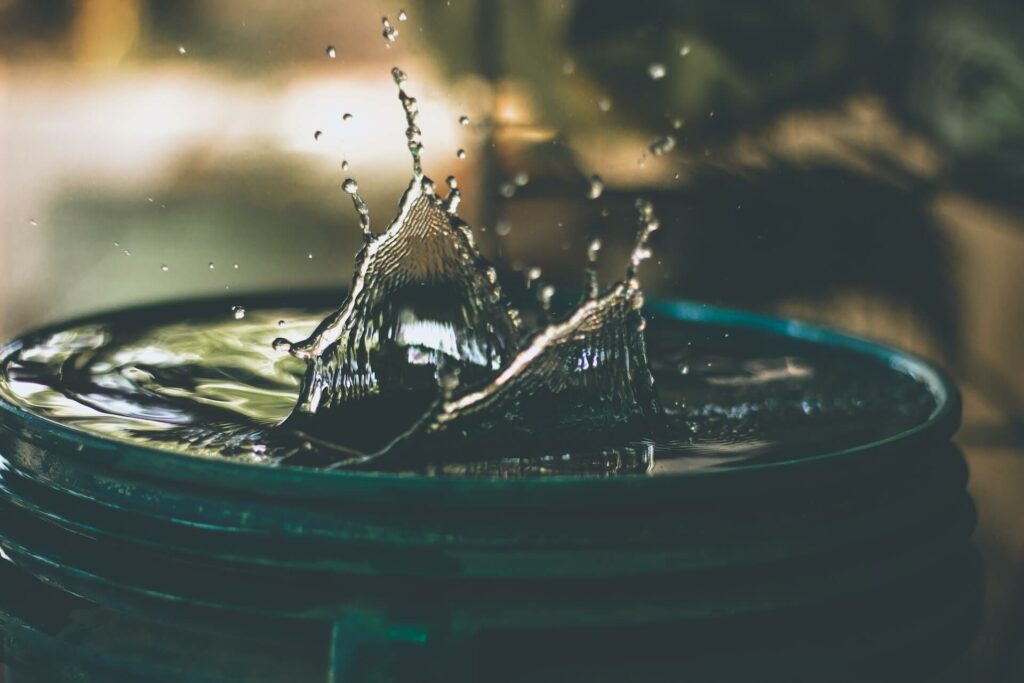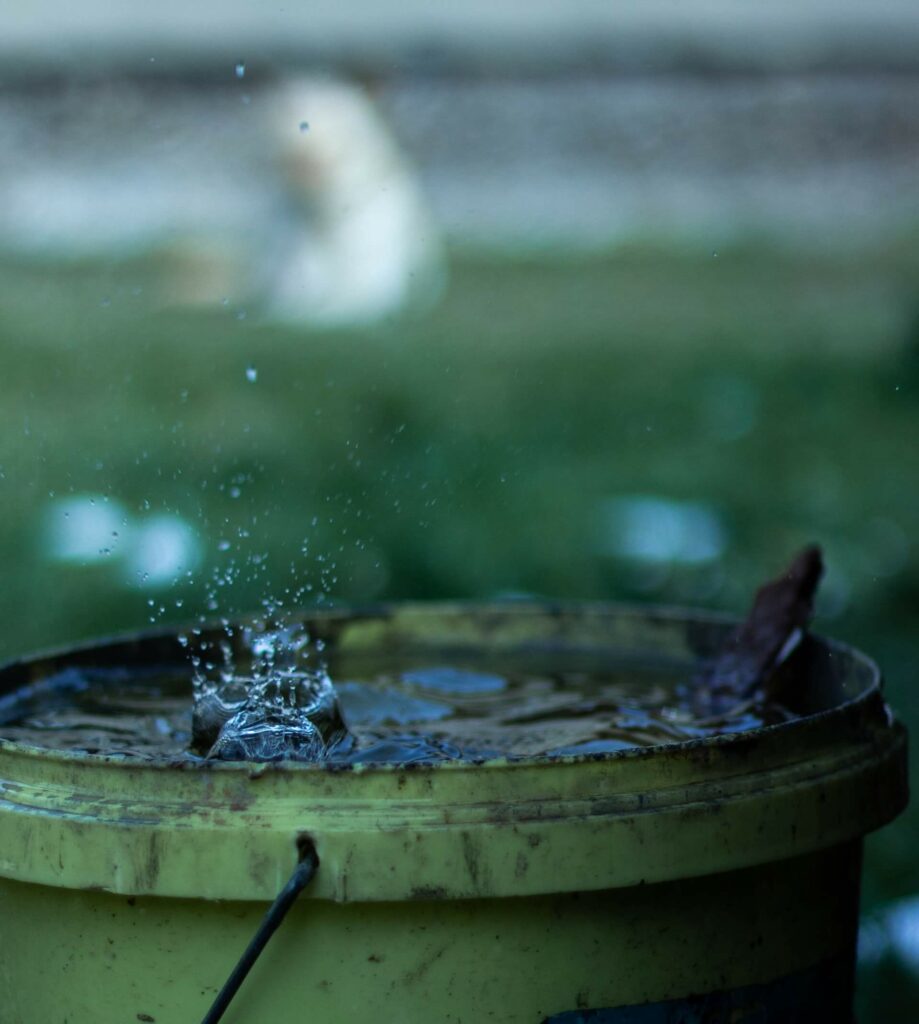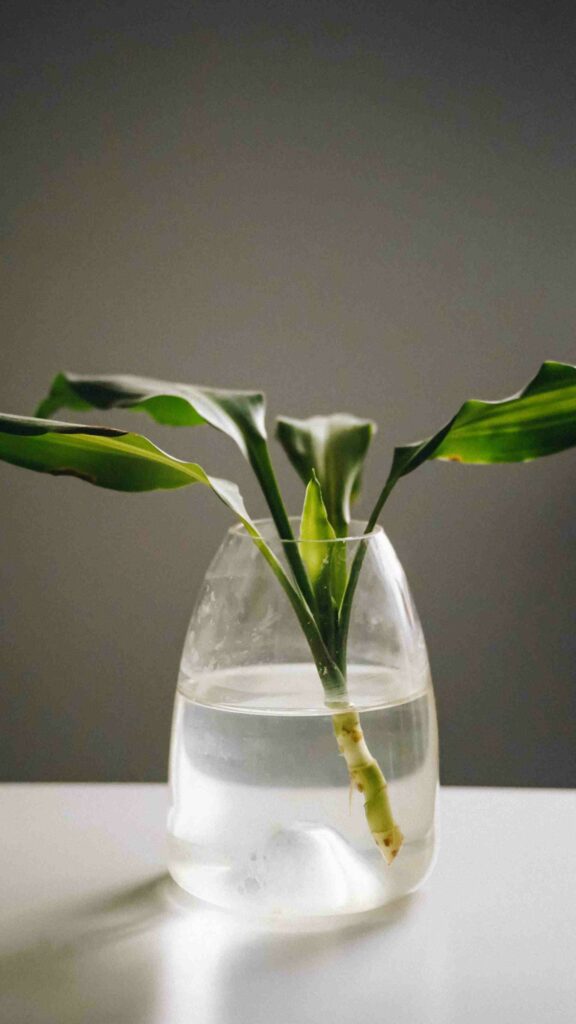Water Conservation | Scheme | Strategies | Bathroom Accessories | Water Conservation | Tips | Facts | NGOs | Summing Up
India is a land of many rivers and lakes, but it is also a land where water is scarce. Water conservation is a vital issue in India, as the country faces water shortages due to growing populations and climate change.

Water is one of the most critical natural resources essential for life. The availability of clean water is becoming increasingly scarce, especially in developing countries. It is estimated that by 2025, 1.8 billion people will live in countries with water scarcity.
India is a country that is highly dependent on rainfall. The Indian subcontinent has the world’s second highest population after China, so it is essential to have water conservation programs and techniques in place. India receives an average rainfall of 1,206 mm (47.24 inches) annually.
This article discusses some of the water conservation programs and techniques that have been implemented in India, as well as some household tips on how you can save water.
What is water conservation?
Water conservation is using less or recycling used water so it can be reused. It is essential because water is a limited resource, and using less water helps to preserve this vital resource. There are many ways to conserve water, both big and small. Here are some tips to get you started:
Install low-flow fixtures in your home: This includes low-flow showerheads, toilets, and faucets. Low-flow fixtures can save a lot of water – up to 50% compared to standard fixtures!
Fix leaks: A dripping faucet can waste dozens of gallons of water daily. Fixing leaks is good for conserving water and can save you money on your water bill.
Take shorter showers: This one is easy! Just cut back on your time in the shower, and you’ll use less water.
Don’t let the water run: When brushing your teeth or washing your hands, don’t let the water run the entire time. Turn it off while you lather up, and then turn it back on to rinse.
Related: IGR Odisha Services
Water conservation: Why is it important?
Water conservation is essential for many reasons.
- First, water is a limited resource. There is only so much fresh water on Earth, which is vital to life.
- Second, water conservation can help save money. Using less water can lower your water bill each month.
- Finally, water conservation protects the environment. When we use less water, we reduce pollution in our waterways.
In India, water conservation is especially important due to the high population density and limited resources. The government has implemented several programs to promote water conservation, including rainwater harvesting, wastewater treatment, and public awareness campaigns.
By working together to conserve water, we can ensure that this vital resource will be available for generations.
India’s water-saving scheme -Jal Shakti Abhiyan
On March 22, 2021, the Honorable Prime Minister of India launched a programme called “Jal Shakti Abhiyan – Catch the Rain.” Resources, Development, Research, and Government Relations encourage water conservation measures, including rainwater harvesting. And they stress the need to make rapid use of rainfall to increase the available water supply.
Related: IND AS 116
Strategies for Water Conservation
There are many ways to conserve water in the home, and some of the most effective methods are also the simplest.

Every little bit helps when it comes to saving this precious resource, so here are a few ways how to conserve water in your own home:
Rainwater harvesting/collecting rainwater
Rainwater harvesting is a process of collecting and storing rainwater for future use. This technique can be used for both domestic and agricultural purposes.
There are many benefits of rainwater harvesting. It helps to recharge groundwater, reduce municipal water supply demand, and reduce flooding. Rainwater harvesting also helps in reducing soil erosion and conserves energy.
There are many ways to collect rainwater. One way is to use a storage tank or container to collect rainwater from the roof of a building. Another way is to use an underground pit or cistern to collect rainwater.
Once the rainwater has been collected, it can be used for various purposes, such as watering plants, washing clothes, or even cleaning floors. It can also be stored for future use during periods of drought.
Related: Residential LPG Connection
Water metering
Water metering measures the amount of water a household or business uses. This information can help identify how much water is being wasted and find ways to reduce consumption.
In India, the government has implemented several programs to promote water conservation. One such program is the Jal Shakti Abhiyan (JSA). The JSA is a nationwide campaign that aims to improve water management and conservation across the country.
Under the JSA, all households are required to install water meters. This will help identify how much water each household uses and allow for better management of resources. In addition, the JSA also promotes rainwater harvesting and encourages people to use more efficient irrigation methods.
Water conservation is essential for ensuring that there is enough clean water for everyone. By implementing programs like the JSA, India is taking steps in the right direction to protect and conserve precious water.
Grey water-recycling
Grey water has been used for showering, washing dishes or laundry but is still clean enough to be reused.
There are many benefits to recycling grey water. It can help save water and money and reduce the amount of sewage that goes into treatment plants.
There are a few different ways to recycle grey water. One method is to collect it in a container and then use it to water plants or flush toilets. Another method is installing a greywater recycling system, which automatically filters and recycles the water.
Whatever method you choose, recycling grey water is a great way to conserve water at home.
Pressure-reducing valves
Pressure-reducing valves (PRVs) are installed on the main water line coming into a home or business. They are used to regulate water pressure and protect plumbing fixtures and appliances from damage that can be caused by high water pressure. PRVs typically reduce water pressure to 80 psi (pounds per square inch).
PRVs can save water and energy and extend the life of plumbing fixtures and appliances. By reducing water pressure, PRVs can prevent leaks in pipes and fittings.
There are two types of PRVs: diaphragm type and piston type. Diaphragm-type PRVs have a rubber diaphragm that moves up and down to regulate water flow. Piston-type PRVs have metal pistons that move up and down to regulate water flow.
A qualified plumber should install PRVs. Once installed, PRVs require little maintenance other than periodic checking to ensure they are working correctly.
Related: Vastu Decor Tips Nameplates
Water efficient bathroom accessories
There are several ways to conserve water in your bathroom, and one of the easiest is to switch out your old, inefficient fixtures for new, water-saving models. Here are a few of the most popular water-efficient bathroom products on the market today:
1. Low-flow showerheads: These showerheads restrict water flow without sacrificing pressure or performance, saving water and energy.
2. Dual-flush toilets: Dual-flush toilets have two buttons or levers for flushing – one for liquid waste and one for solid waste – saving up to 6 gallons of water per flush.
3. WaterSense labelled faucets: Faucets labelled with the EPA’s WaterSense logo use 20% less water than traditional models without sacrificing performance.
4. Motion sensor faucets: These hands-free faucets are perfect for public restrooms or busy households as they only run when someone is using them, saving hundreds of gallons of water per year.
5. Low-flow aerators: Aerators add air to the water stream, cutting down on the water needed without affecting pressure.
Related: Maharashtra Mahabhulekha
Traditional Indian water conservation
Different regions of India have different water conservation practices and techniques that have been used for centuries. These practices include rainwater harvesting, using groundwater recharge methods, and creating storage reservoirs.
Rainwater harvesting is one of India’s most common water conservation methods. This method collects rainwater from rooftops and stores it in tanks or pits. This harvested rainwater can be used for various purposes, such as watering plants, cleaning, and drinking.
Groundwater recharge is another popular water conservation technique in India. This method injects water into the ground through percolation pits or injection wells. This water then seeps into the groundwater aquifers, thereby recharging them.
Storage reservoirs are also a common sight in India. These reservoirs are built to store water during the rainy season so it can be used during the dry season. This stored water can be used for various purposes, such as irrigation, drinking, and industrial use.
Related: UPVC Windows
Household water-saving tips
We all know that water is a valuable resource, but it’s easy to take it for granted and use more than we need. These simple tips can help you conserve water at home and make a difference.
There are many water conservation projects and initiatives underway in India. Here are some tips for households to conserve water:
1. Fix any leaks in your home – a small drip can waste a lot of water over time.
2. Collect rainwater in a barrel or other container to water plants.
3. Don’t let the tap run while brushing your teeth or washing dishes – turn it off when you don’t need it.
4. Install low-flow showerheads and/or faucet aerators to reduce water use.
5. Use greywater (recycled water from sinks, showers, etc.) to water plants or clean surfaces outdoors.
6. Educate your family and friends about the importance of water conservation and share these tips with them!
7. Turn the tap off while brushing your teeth or shaving. You can save up to 8 gallons of water per day!
8. Check for leaks in your plumbing and have them fixed as soon as possible – a small drip can waste gallons of water over time.
9. Only run your washing machine and dishwasher when they’re full. You can save hundreds of gallons of water per year by doing this.
10. Take shorter showers or baths and install low-flow showerheads to reduce water usage further.
11. Water your lawn or garden during the cooler hours of the day to reduce evaporation.
12. Use a broom instead of a hose to clean driveways and sidewalks – you’ll be surprised
Water conservation: Interesting facts
Did you know that nearly 70% of the world is covered in water, but only 2.5% of it is fresh water? And out of that 2.5%, a whopping 68.7% is frozen in glaciers! That leaves less than 1% of the world’s water available for us to use.
In India, where water is such an essential part of daily life and the economy, it’s no surprise that the country has several water conservation programs and techniques in place. Here are some interesting facts about water conservation in India:
• Every year, India loses nearly 40% of its harvested rainwater due to poor storage and drainage facilities.
• Only about 60% of India’s population has access to safe drinking water.
• Over 80% of the country’s households do not have a toilet, resulting in open defecation, which pollutes water sources.
• The Central Ground Water Board estimates that India uses only 25% of its available groundwater resources.
With such a high demand for water and limited resources available, we all must do our part to conserve this precious resource.
NGOs working on water conservation in India
Many NGOs are working on water conservation in India. Here are some of them:
1. WaterAid India: WaterAid India works to ensure that everyone in India has access to clean water and sanitation. They work with communities, governments, businesses, and others to create lasting change.
2. Nitya Gopal Foundation: The Nitya Gopal Foundation works to improve the quality of life for people in India by providing access to clean water and sanitation. They also work to educate people about water conservation and proper sanitation practices.
3. Tarun Bharat Sangh: The Tarun Bharat Sangh is a grassroots organization that works to promote water conservation in India. They work with villagers to help them build rainwater harvesting systems and teach them about water conservation methods.
4. National Mission for Clean Ganga: The National Mission for Clean Ganga is a government initiative that works to clean up the river Ganga and its tributaries. They also work to raise awareness about water conservation and proper wastewater management practices.
Related: Bangalore Metro
Summing-up
We’ve looked at many different water conservation programs and techniques from around the world, but today we’re going to focus on India. India has a vast population and limited resources, so water conservation is a big issue. Here are some of the programs and techniques that have been implemented to try to conserve water in India.

One program is called the ‘Punjab Water Conservation Campaign’. This program aims to raise awareness about water conservation and encourage people to use less water. They do this by holding rallies, street plays, and distributing pamphlets and stickers. The campaign has been successful, reaching over a million people.
Another technique that’s being used in India is ‘Greywater Harvesting’. This is where used water from things like washing clothes and dishes is collected and then reused for watering plants or flushing toilets. This saves a lot of water that would otherwise just be wasted.
There are also many simple things that households can do to save water. Some of these include: only running the dishwasher when it’s complete, fixing leaks, and taking shorter showers. By doing our part, we can all help conserve this vital resource.
Related: Ghar Ka Naksha
